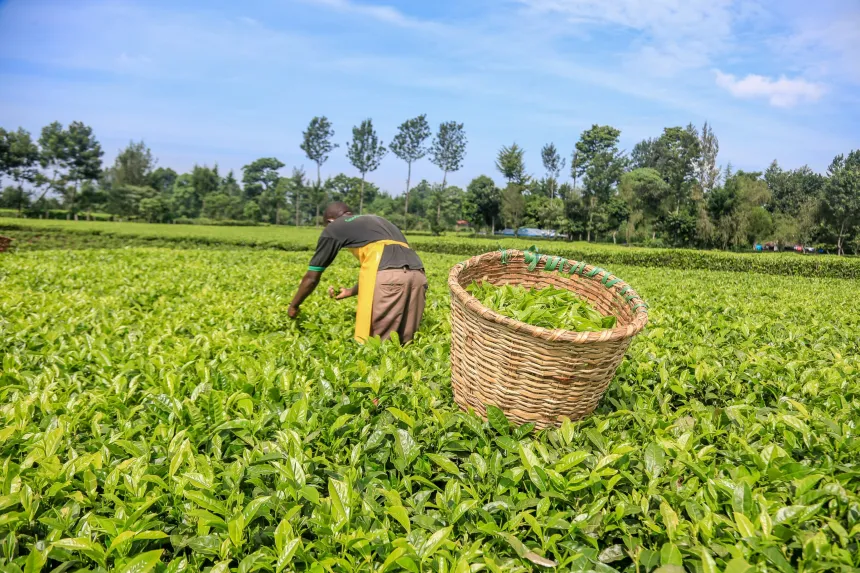Tea farmers across the country are expressing anger and frustration following a sharp reduction in this year’s second payment, commonly known as the bonus. For many households, the bonus has long been a lifeline used to settle debts, pay school fees, and meet daily needs. The lower earnings this year have left farmers questioning the sustainability of tea farming as a source of livelihood.
The decline has been widespread, with both East and West of the Rift regions recording significant drops. In the East, farmers in Kiambu, Murang’a, Nyeri, Kirinyaga, Embu, and Meru all reported earnings between KShs 371 and KShs 404 per kilo—each showing declines of between 34 and 46 shillings compared to last year. The situation is even more severe in the West, where Kericho, Bomet, Nyamira, Kisii, and Nandi/Vihiga recorded losses ranging from 66 to 106 shillings per kilo.
Farmers argue that the bonus has increasingly become unreliable, undermining their hard work and dedication. With rising costs of farm inputs, energy, and household expenses, many feel trapped between shrinking returns and escalating financial pressures.
Industry leaders have pointed to global market dynamics and currency fluctuations as the primary drivers of the decline. While international tea prices have remained relatively stable, a weaker exchange rate has meant that earnings converted into local currency are significantly lower. Additionally, teas produced in high-altitude regions continue to attract better prices, creating payment disparities between East and West of the Rift.
Differences in quality, operational efficiency, and market access also play a role. Some factories were more exposed to reduced global demand and higher operational costs, which directly cut into the final payout to farmers. Despite these challenges, officials have cautioned against politicizing the issue, urging farmers and stakeholders to focus on maintaining quality standards and improving factory management practices.
Looking ahead, measures are being pursued to stabilize farmer incomes. These include diversifying into orthodox teas, which command premium prices in niche markets, as well as promoting value addition and market expansion initiatives. Efforts are also underway to modernize processing facilities, adopt cost-saving energy solutions, and reduce packaging costs to boost competitiveness.
For now, however, many farmers remain unconvinced. With their immediate needs unmet, they warn that unless reforms deliver tangible results soon, tea farming may no longer be a sustainable livelihood.

